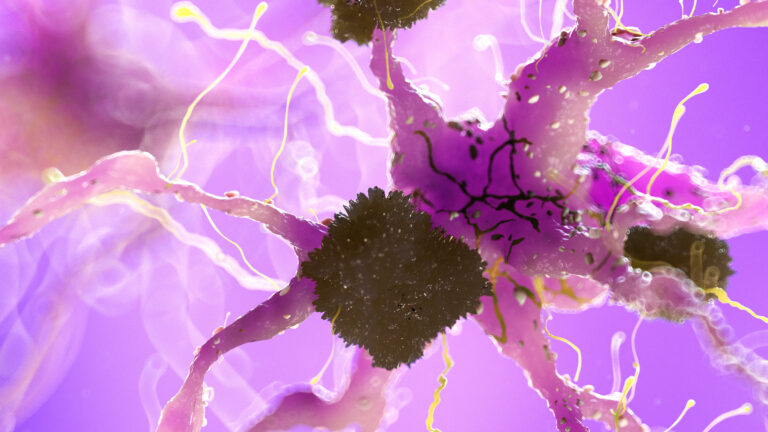Magnetic Resonance Imaging (MRI) scanning plays a crucial role in diagnosing and understanding dementia, including young onset dementia, which refers to dementia symptoms beginning before the age of 65. While MRI technology itself is fundamentally the same regardless of age, the way MRI scanning is applied, interpreted, and what clinicians look for can differ significantly when dealing with young onset dementia compared to typical late-onset dementia.
Young onset dementia often presents with different clinical symptoms and brain changes than dementia in older adults. For example, younger patients may initially show problems with visual-spatial skills, language, or executive functions like planning and organizing, rather than the classic memory loss seen in older patients. This means that MRI scans for young onset dementia must be carefully evaluated for patterns of brain changes that correspond to these atypical symptoms.
One key difference is the pattern and location of brain atrophy (shrinkage) visible on MRI. In young onset dementia, atrophy may be more focal or affect different brain regions than in late-onset cases. For instance, some young onset variants, such as posterior cortical atrophy, show prominent shrinkage in the back part of the brain responsible for visual processing, while others like logopenic primary progressive aphasia affect language-related areas. Radiologists and neurologists reviewing MRI scans in younger patients pay close attention to these region-specific atrophy patterns to help differentiate young onset dementia from other neurological or psychiatric conditions that might mimic it.
Additionally, advanced MRI techniques are increasingly used to detect subtle brain changes that precede obvious atrophy. One such technique is quantitative susceptibility mapping (QSM), which measures iron levels in different brain regions. Elevated brain iron has been linked to neurodegeneration and cognitive decline, and detecting these changes early can be particularly valuable in younger patients who may not yet show clear symptoms or structural brain loss. This non-invasive method provides a more sensitive biomarker for early disease processes, potentially allowing for earlier diagnosis and intervention in young onset dementia.
MRI scans in young onset dementia also often require baseline and follow-up imaging to monitor disease progression. Because young onset dementia can progress differently and sometimes more rapidly than late-onset forms, repeated MRI scans help track changes over time, assess the effectiveness of treatments, and refine diagnosis. This longitudinal approach is important because initial MRI findings may be subtle or atypical, and changes may become clearer as the disease advances.
Another consideration is that young onset dementia patients are often misdiagnosed initially with psychiatric disorders, stress, or other neurological conditions due to their atypical symptoms and younger age. MRI scanning, therefore, serves as a critical tool to rule out other causes such as tumors, strokes, or inflammatory diseases, and to confirm neurodegenerative patterns consistent with dementia.
In summary, while the MRI technology used for young onset dementia is the same as for other age groups, the differences lie in the clinical context, the brain regions examined, the interpretation of atrophy patterns, and the use of advanced imaging techniques like QSM to detect early biochemical changes. MRI for young onset dementia is tailored to identify the unique presentations and progression patterns of the disease in younger adults, supporting more accurate diagnosis and better-informed clinical management.





